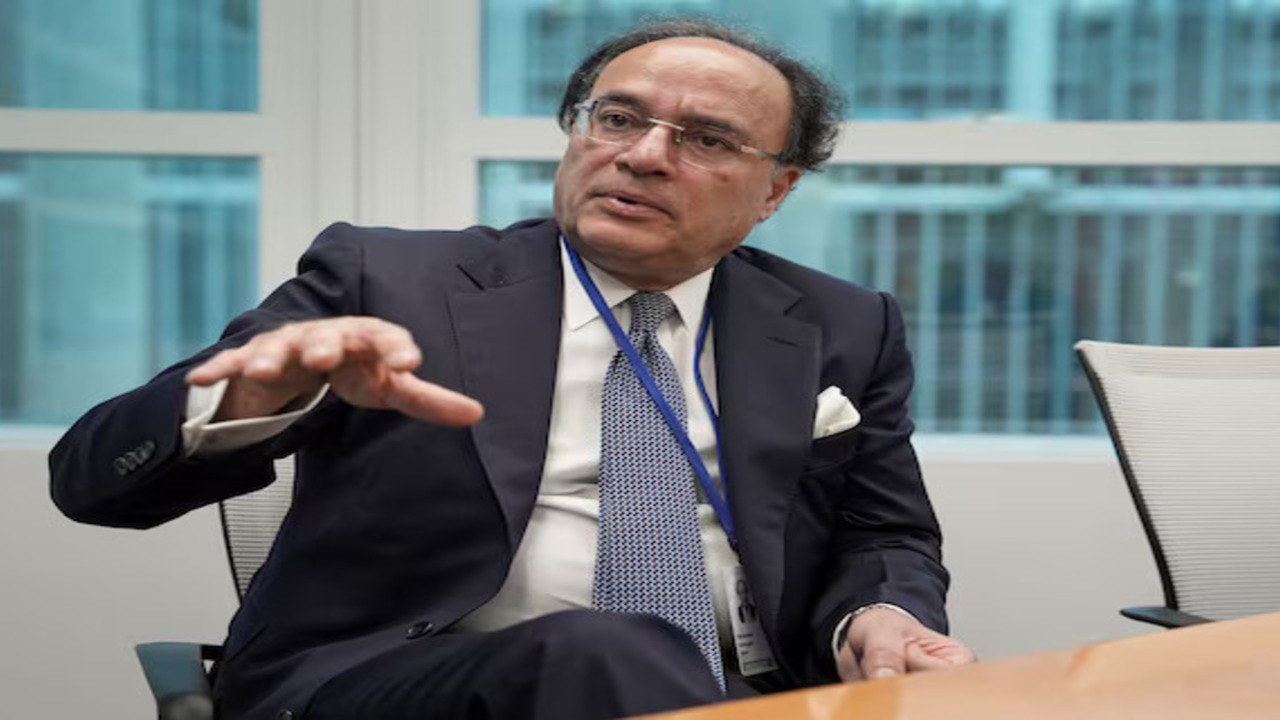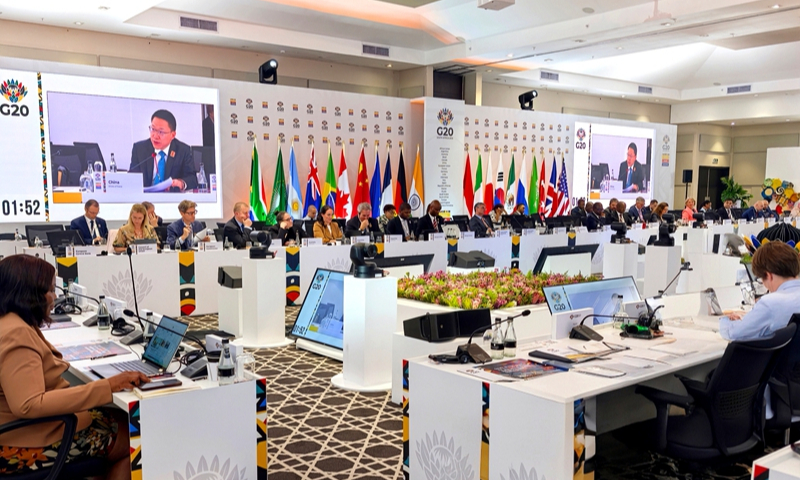DFC's Future Hangs in the Balance: What's at Stake as Reauthorization Deadline Looms?

Singapore – The U.S. International Development Finance Corporation (DFC), a vital tool for American economic engagement abroad, faces a critical juncture. With barely 80 days remaining before its current legal authority expires, the future of the DFC is uncertain. The Trump Administration has recently submitted its reauthorization proposal to Congress, setting the stage for potentially significant debates and negotiations.
What is the DFC and Why Does It Matter?
Established in 2019, the DFC replaced the Overseas Private Investment Corporation (OPIC) and represents a significant evolution in U.S. development finance. Unlike traditional foreign aid, the DFC leverages private capital to support development projects in emerging markets and developing countries. This approach aims to foster sustainable economic growth, promote good governance, and advance U.S. foreign policy objectives.
The DFC’s tools are diverse, ranging from loans and loan guarantees to equity investments and insurance. It focuses on key sectors like energy, healthcare, infrastructure, and agriculture, mobilizing private sector resources to address critical development challenges. Its operations are particularly relevant in Southeast Asia, where infrastructure gaps and the need for sustainable development are pressing concerns.
The Reauthorization Process: What's on the Table?
The Administration's reauthorization proposal includes several key elements. While details are still emerging, it’s expected to address issues such as:
- Funding Levels: Determining the appropriate level of funding for the DFC’s operations going forward is a central point of discussion.
- Investment Priorities: Congress will likely scrutinize the DFC’s investment priorities, ensuring alignment with U.S. strategic interests and development goals.
- Geographic Focus: Debates may arise regarding the geographic areas where the DFC should prioritize its investments, particularly in light of evolving geopolitical dynamics.
- Environmental and Social Safeguards: Strengthening environmental and social safeguards associated with DFC-supported projects will be a key consideration.
Potential Implications and Challenges
Failure to reauthorize the DFC would have serious consequences. It would halt ongoing projects, disrupt vital development initiatives, and diminish U.S. influence in key regions. Furthermore, it would cede ground to competitors like China, which are actively expanding their own development finance offerings.
However, the reauthorization process is not without its challenges. Differences in opinion between Democrats and Republicans regarding the scope and priorities of the DFC could complicate negotiations. Concerns about the potential for the DFC to compete with the private sector or to be used for political purposes may also arise.
Looking Ahead
The coming weeks will be crucial for the DFC’s future. Congress faces a tight deadline to act, and the outcome of the reauthorization process will have significant implications for U.S. development policy and its role in the global economy. Stakeholders across the development community, including businesses, NGOs, and government agencies, are closely monitoring the situation and advocating for a strong and effective DFC that can continue to drive sustainable development and advance U.S. interests in the years to come.






